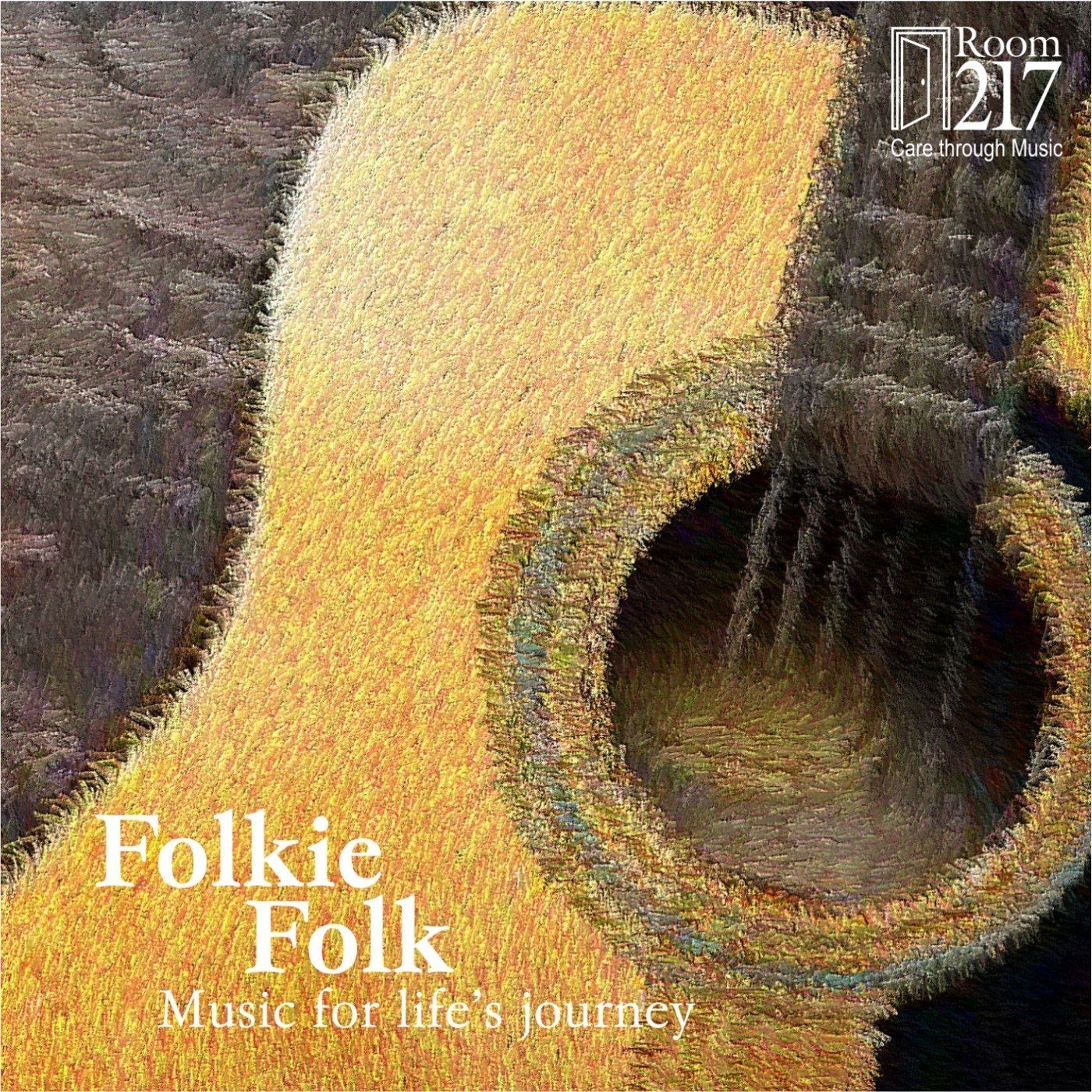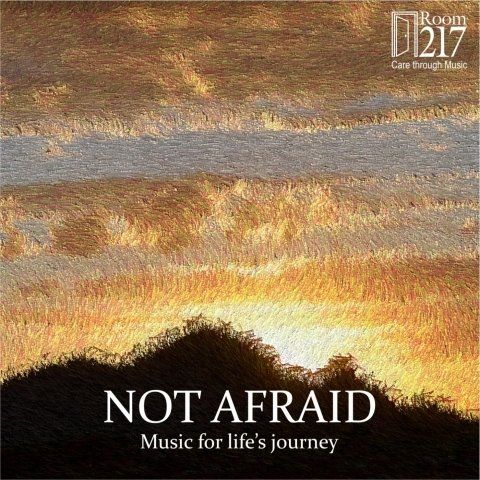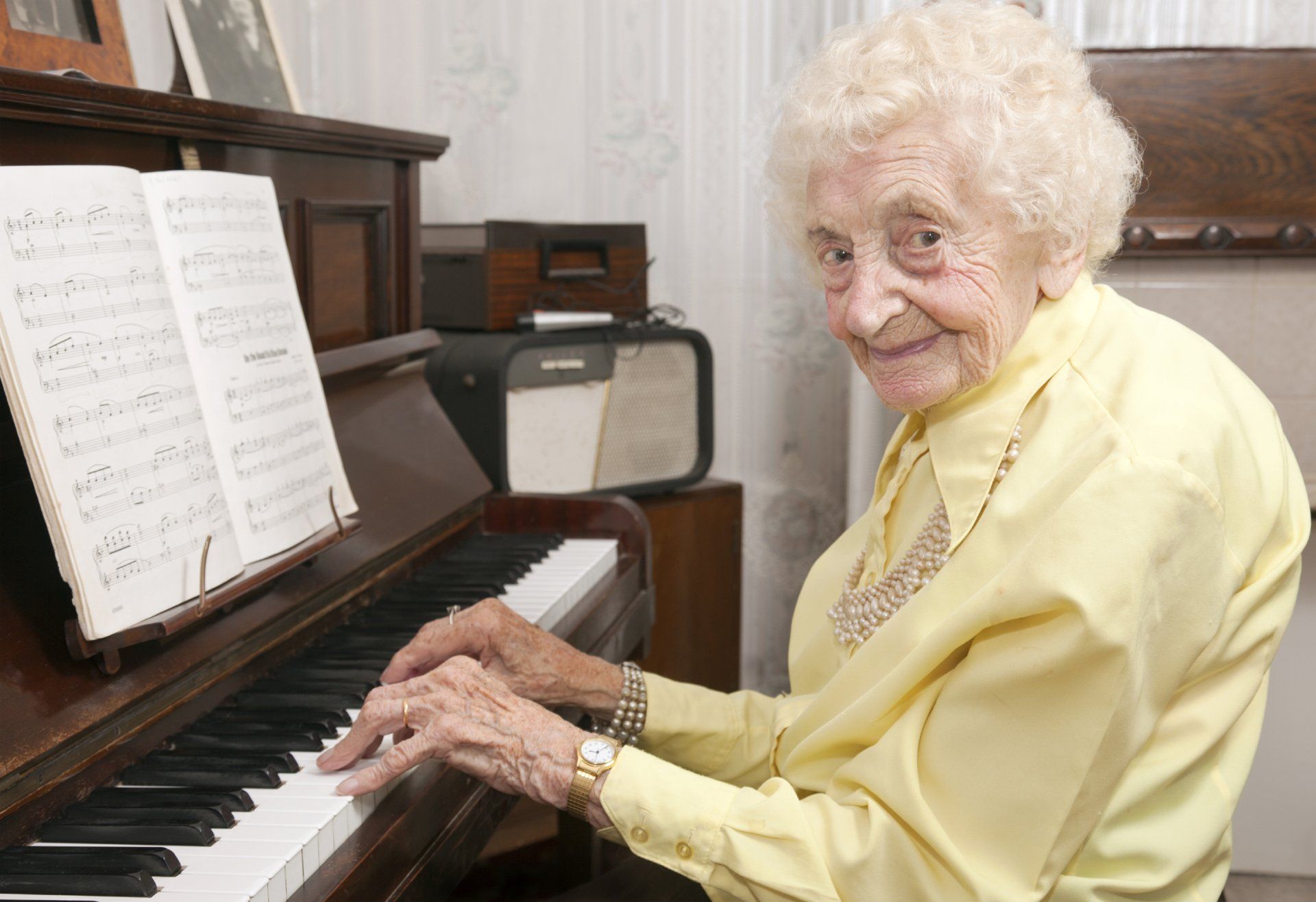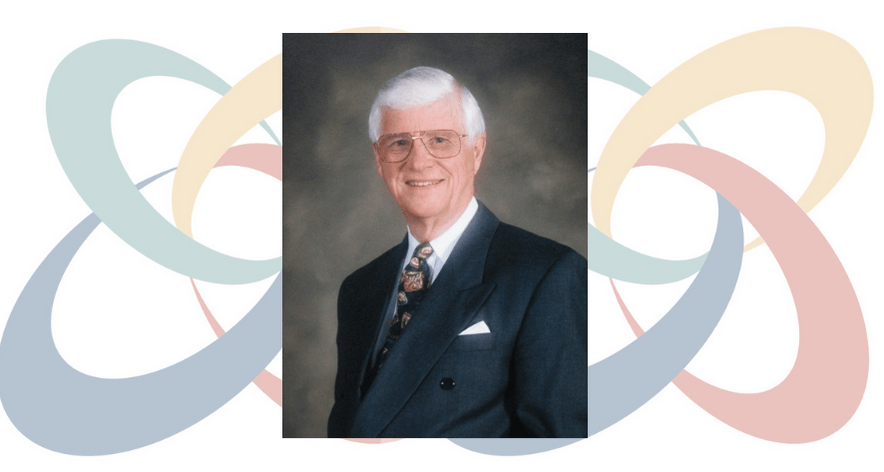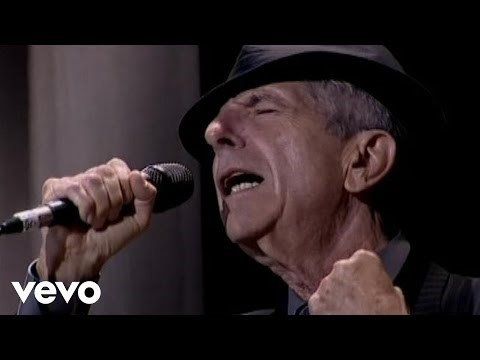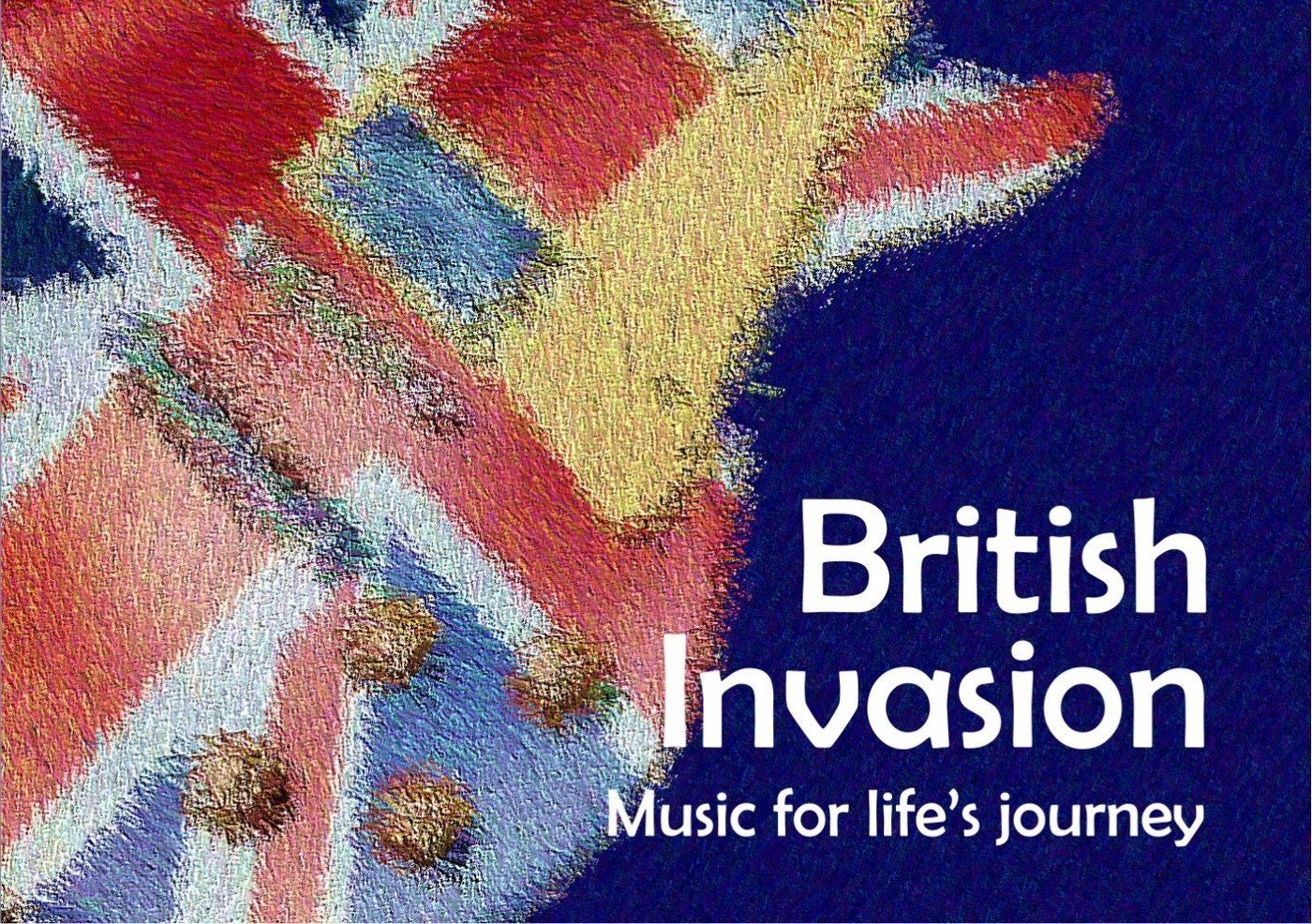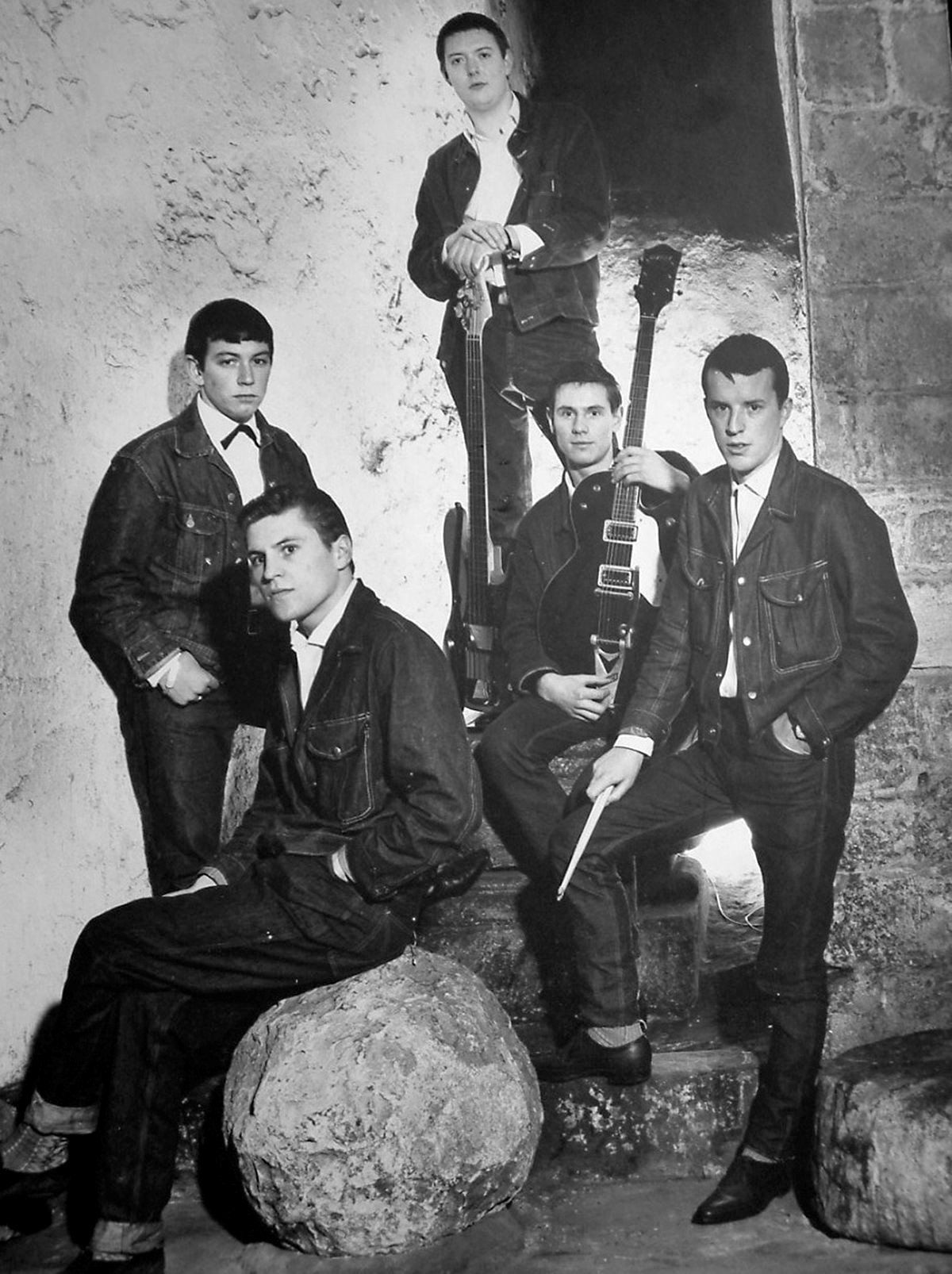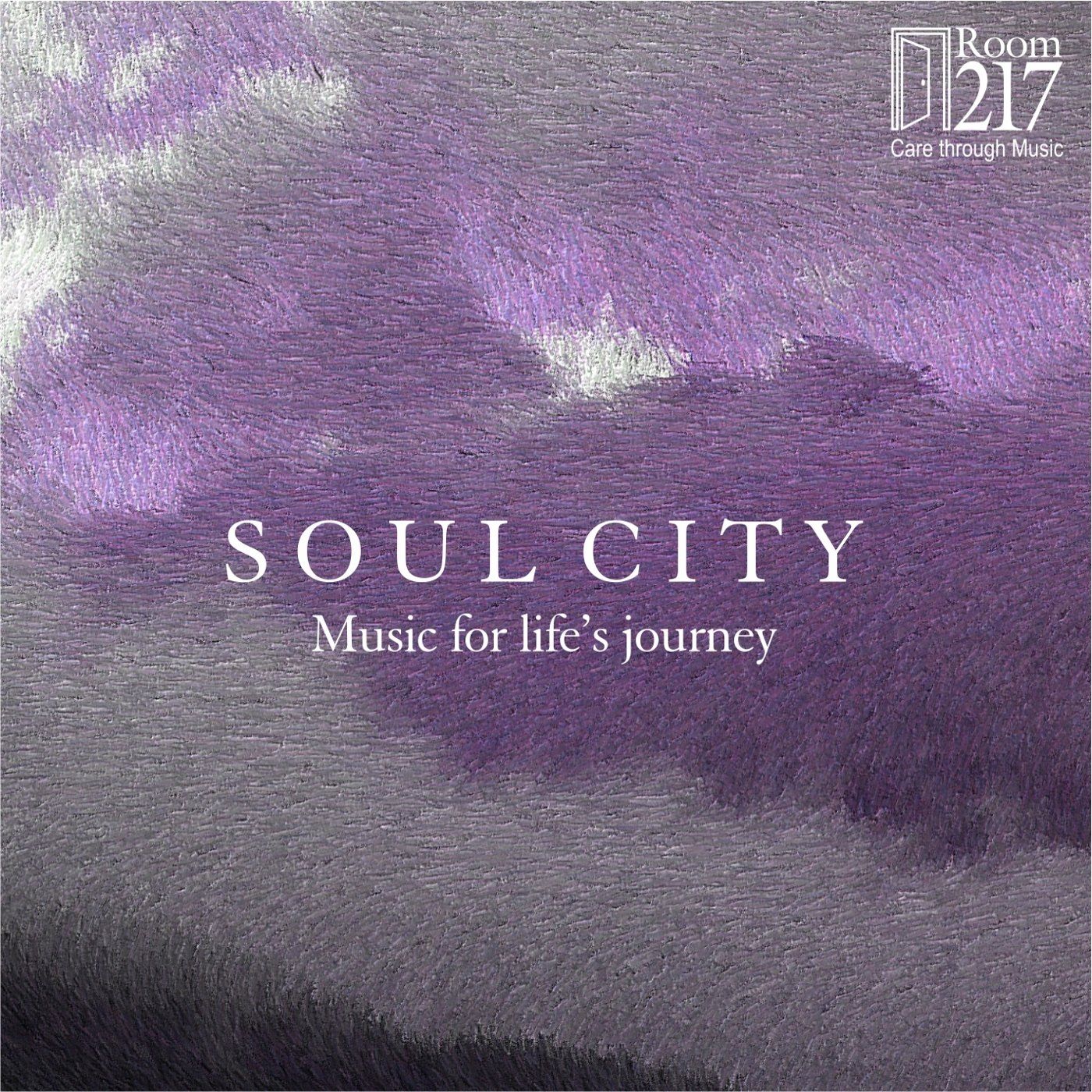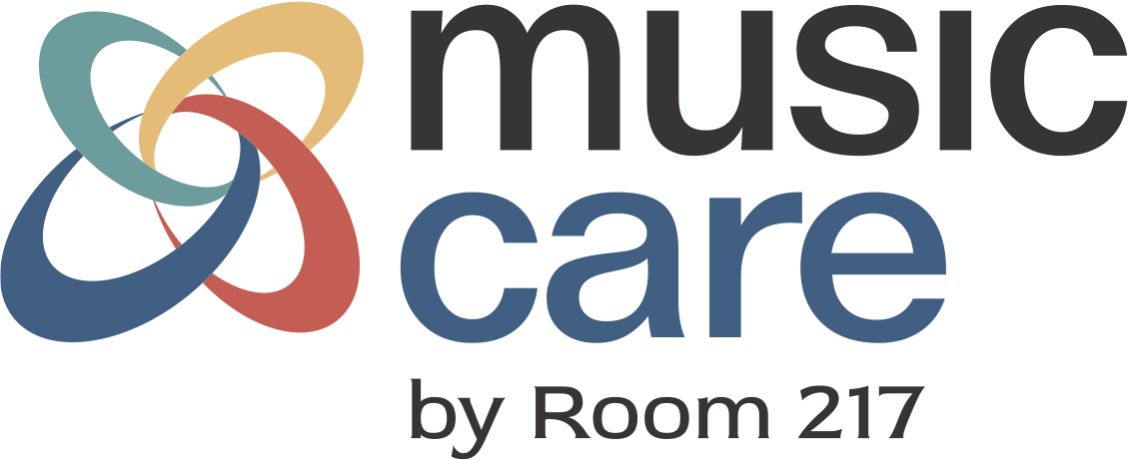Like all the babies rock and roll was born in post WWII America
Poodles skirts, saddle shoes, ducktails and fins on your cars. If these words don’t evoke memories and images from the ‘50s maybe this will:
[IMAGE]
Is there anything more iconic of the 1950s than the jukebox? The machine held our favourite 45s, and was like a community playlist. We’d take turns spending our money - dropping our coins into the jukebox, listening to our favourites songs. Jukebox Junkie is the name of one of six albums in Room 217’s recently-released Collection 4 – Boomer Tracks.
[IMAGE]
The end of WWII in 1945 began a period of prosperity in America and Canada. As people felt confident that the future would be peaceful and prosperous, they settled down, moved to the suburbs and began what was (and still is) referred to as the Baby Boom. Babies were born in unprecedented numbers between 1946 and 1964.
Much was booming in the ‘50s – the economy was sailing as all these new families needed products, people were earning decent wages and inflation was low. Middle class people were enjoying life.
Communication was changing, as families started gathering around the television instead of the radio, and the world was getting ready to rock (and roll).
The genre of music evolved in the U.S., and included elements from blues, country, jazz and gospel. The first rock and roll song and performer are disputed; check out this article from The Guardian, in which DJ Wildcat Pete says it's like asking which came first, the chicken or the egg.
What is common throughout all stories of the history of rock and roll is that it morphed from several styles of African American music and introduced it to white listeners. Some believe rock and roll contributed to the civil rights movement because it was a style of music enjoyed by all.
The first rock and roll songs featured the piano or sax; makes sense when you think that some of the first stars of rock and roll were Little Richard and Jerry Lee Lewis , who not only played, but were showmen as well. If imitation is the sincerest form of flattery, you need not look past them, and Chuck Berry to see who inspired more recent musical showman like Freddie Mercury , David Bowie and Mick Jagger.
Over the years, even rock has branched off into soft rock, hard rock, but rock and roll is the term - and the music - that's most memorable to Baby Boomers.
Though our Jukebox Junkies album contains songs that are a little younger than what you'd have listened to on the jukebox, our goal is to bring you an album of music that transports you to your teens. You can listen to samples of music from Jukebox Junkies here (scroll to the bottom of the page).
The album can be purchased on it own as a CD, a download, or as part of Collection 4 - Boomer Tracks


